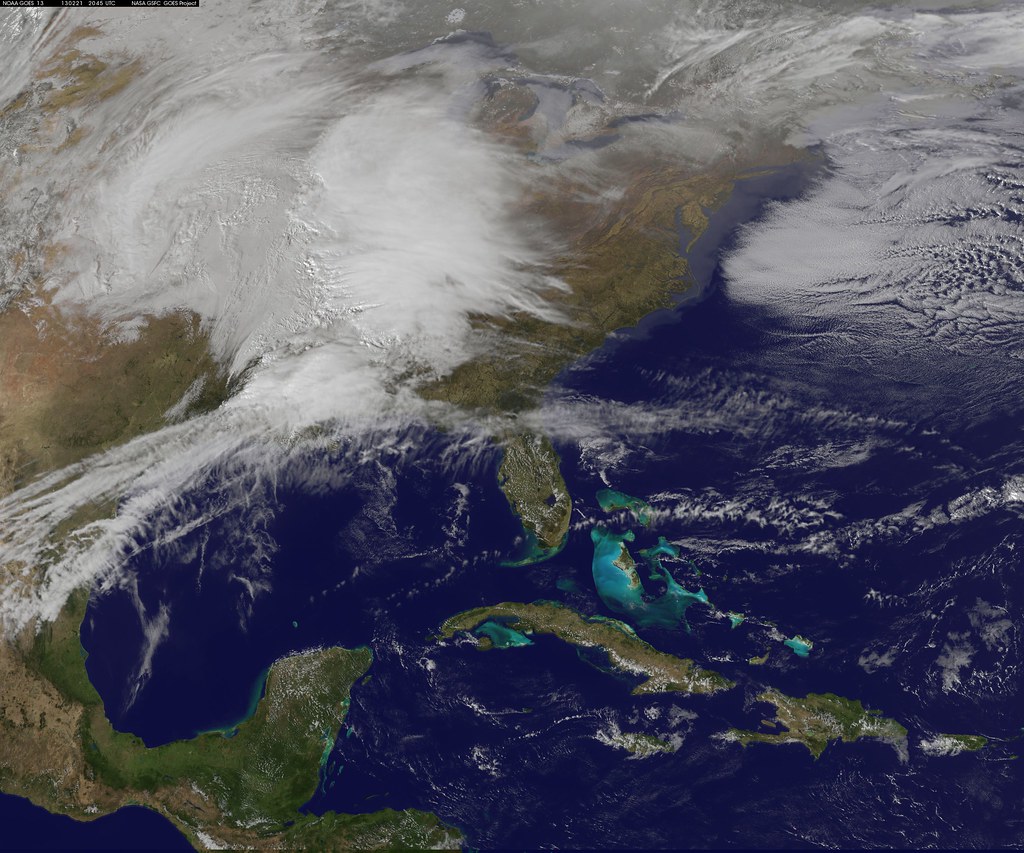
Korak Saha and Yongsheng Zhang are co-authors of a new paper in Remote Sensing titled “Oceanic Responses to the Winter Storm Outbreak of February 2021 in the Gulf of Mexico from In Situ and Satellite Observations”.
Winter storms occur in the Gulf of Mexico every few years, but there are not many studies on oceanic responses to severe winter storms. Although usually considered less destructive than hurricanes, they can result in cumulative damages. In February 2021, an intense winter storm passed over the western Gulf and brought severe cold to the coastal regions, which caused a sudden cooling of the ocean surface resulting in an extensive loss of marine life. In this study, the authors analyze multiple datasets from both in situ and satellite observations to examine the oceanic changes due to this winter storm in order to improve our understanding of oceanic responses to winter storms.
Korak Saha is working with the NOAA/NESDIS/NCEI, as a ESSIC Assistant Research Scientist and his work involves archival, preserve, disseminate and ensure longtime utility of surface oceanographic dataset. He is involved with SST Climate data record generation and its archival. He is also contributing to NOAA NCEI’s effort to use cloud based technology for geophysical data analysis and using AI/ML techniques for satellite data quality assessment. He is currently leading NCEI’s long-term Blended Seawinds project.






